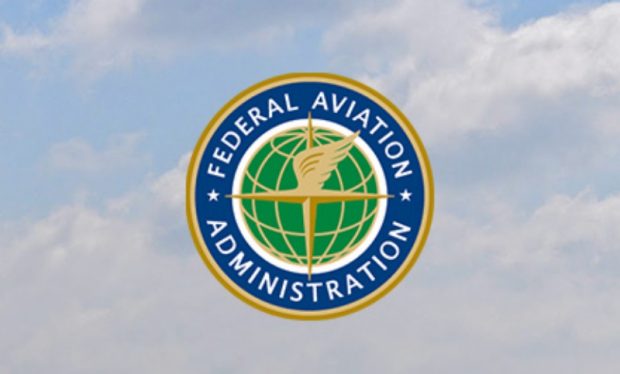The Federal Aviation Administration issued its Beyond Visual Line of Sight (BVLOS) Aviation Rulemaking Committee (ARC) report on March 10. The report sets the stage for the FAA to begin its process to publish a Notice of Proposed Rulemaking that will significantly advance the uncrewed systems industry, including drones and advanced air mobility (AAM), while also maintaining the highest levels of aviation safety for all airspace users.
Executive Summary
The UAS-BVLOS ARC membership represented diverse interests and viewpoints. The ARC worked in two phases, divided into various groups and subgroups, and collaborated on developing the best recommendations with as much consensus as possible. Although there was not a unanimity of views, the ARC was able to reach general agreement on many recommendations to the FAA. Dissenting opinions are referenced throughout the material, and non concurrences are included in the Appendix.
To capture the scope of the ARC’s work, including the diversity of opinions among its members, highlights of major aspects of the ARC recommendations are below. Supporting text for all ARC recommendations can be found in the body of the report.
In terms of key recommendations, the ARC recommends that the FAA set an acceptable level of risk (ALR) for UAS that is consistent across all types of operations being performed. The ARC envisions that this approach will allow the FAA to adopt a common and consistent set of regulations and guidance, giving operators the flexibility to meet the ALR through qualitative or quantitative methods, or a hybrid approach.
Next, the ARC recommends a series of modifications to the right of way rules in Low Altitude Shielded Areas (within 100’ of a structure or critical infrastructure as defined in 42 U.S.C. § 5195c) 2 and in Low Altitude Non-Shielded Areas (below 400’) to accommodate UA operations. Specifically, the ARC recommends several amendments to 91.113 to:
- allow automatic means for see-and-avoid responsibility
- give UA right of way in Shielded Areas;
- give UA right of way over crewed aircraft that are not equipped with ADS-B or TABS in Non-Shielded Low Altitude Areas; and
- give crewed aircraft that are equipped with ADS-B or TABS (and broadcasting their position) right of way in Non-Shielded Low Altitude Areas.
Third, the ARC recommends an approach to operator qualification that would extend Part 107, Remote Pilot Certificate with Small UAS Rating, to cover topics associated with Extended Visual Line of Sight (EVLOS) and shielded UAS operations. The recommendation creates a new Remote Pilot certificate rating to cover BVLOS operations beyond the scope of the extended Part 107 rating. The examination for both ratings would consist of a knowledge test on relevant areas, while practical training and qualifications would be tied to new Remote Air Carrier and Remote Operating certificates, which would be required for most commercial 1-to-many operations. The qualifications would be based on specific UA systems, Use Cases, and operational restrictions.
Fourth, the ARC recommends that the FAA establish a new BVLOS Rule which includes a process for qualification of UA and UAS, applicable to aircraft up to 800,000 ft-lb of kinetic energy (in accordance with the Operation Risk Matrix).
Finally, the ARC recommends that the FAA adopt a non-mandatory regulatory scheme for third party services to be used in support of UAS BVLOS operations. In addition to its recommendations, the ARC identified certain issues relevant to UAS BVLOS operations that are beyond this ARC’s scope, but which are identified in this report as considerations for future ARCs to address. Similarly, the ARC also identified several issues that are beyond the FAA’s scope of authority. However, these recommendations are in the interest of providing a full framework of actions and policies to promote safe and widespread adoption of UAS BVLOS activities.
Access the full 381-page report here.
Source: FAA

